How to survive driving in different weather conditions

The Philippines experiences unpredictable weather patterns despite only having two major seasons- summer (March to June) and the rainy season (July to February). Drivers must be able to adapt to these weather changes, especially if they plan on taking a long drive. Below are some helpful tips on how to survive different weather conditions when driving.
 © www.ladyinfo.com
© www.ladyinfo.com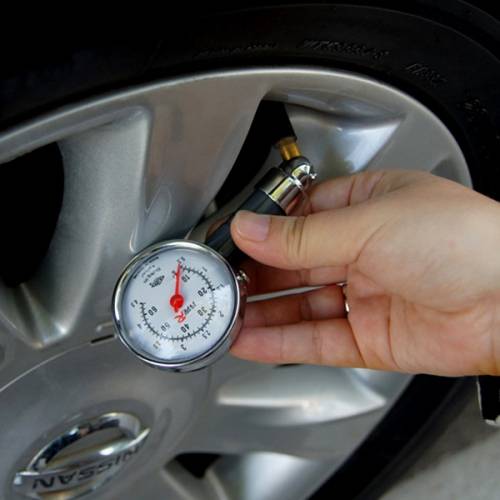 © v-spec.com
© v-spec.com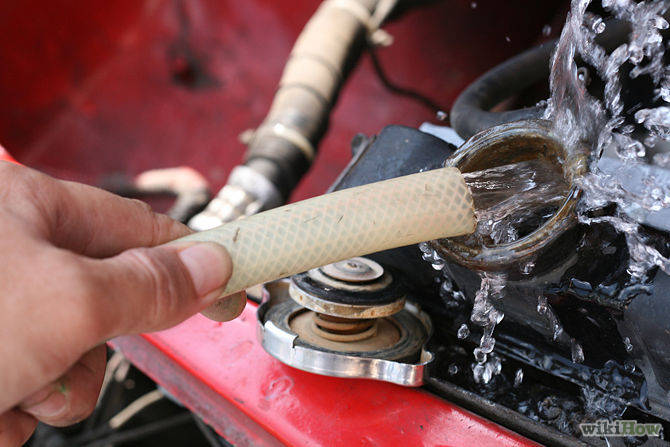 © www.wikihow.com
© www.wikihow.com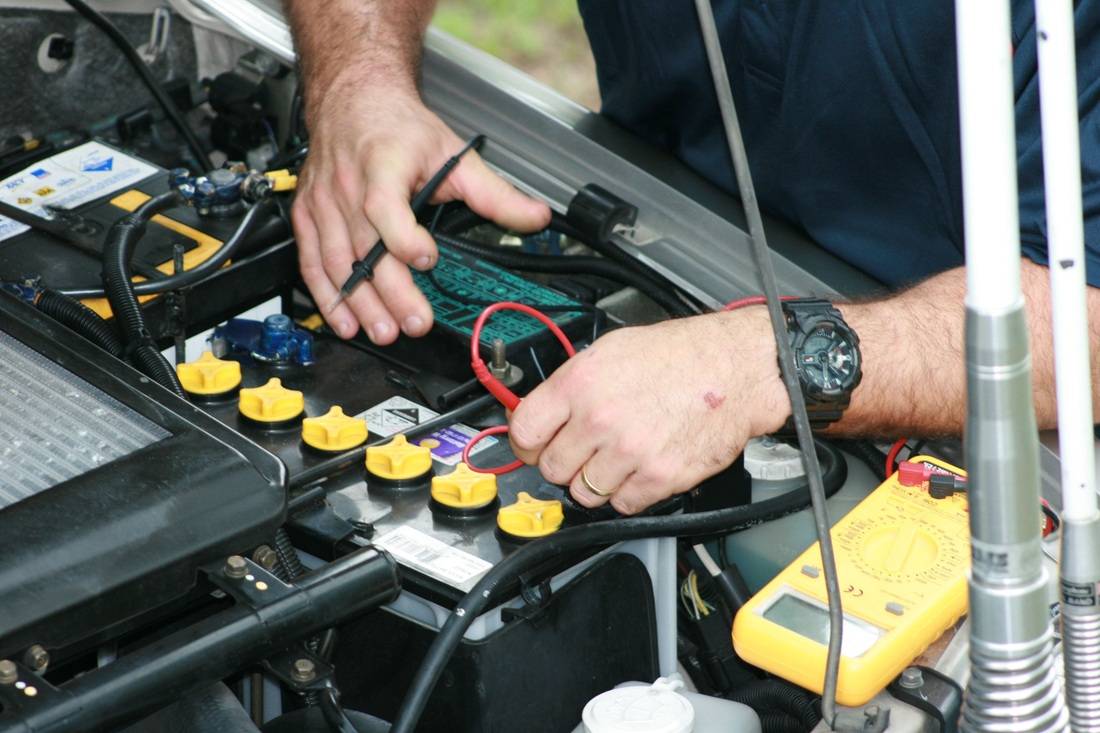 © www.schneidersauto.net
© www.schneidersauto.net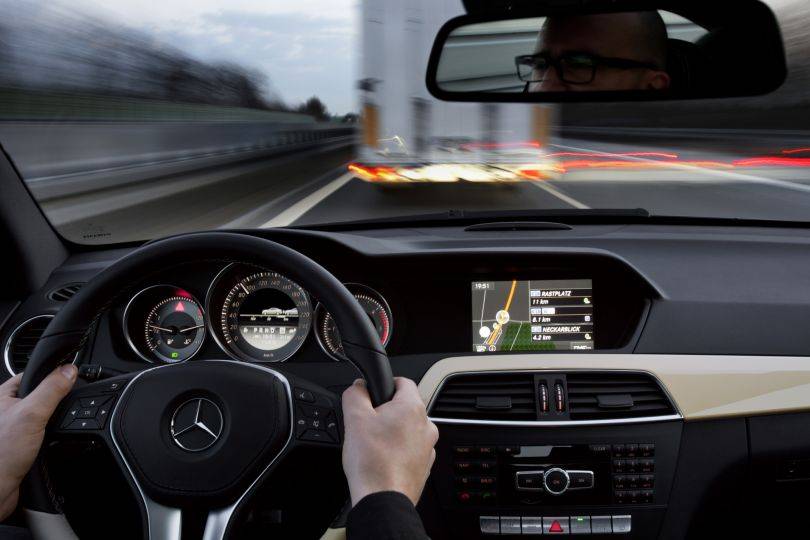 © www.chron.com
© www.chron.com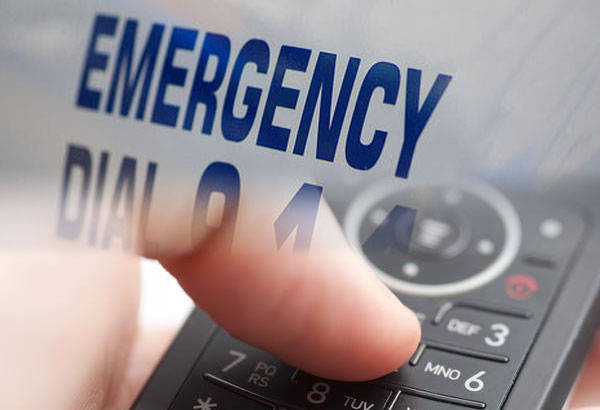 © www.philstar.com
© www.philstar.com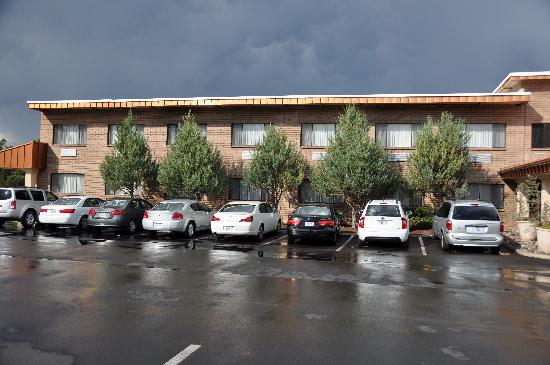 © www.tripadvisor.in
© www.tripadvisor.in
Plan your route
 © www.ladyinfo.com
© www.ladyinfo.comMonitor your tire pressure
 © v-spec.com
© v-spec.comStock up on fluids
 © www.wikihow.com
© www.wikihow.comCheck your car’s electrical system
 © www.schneidersauto.net
© www.schneidersauto.netAlways keep a safe distance behind
 © www.chron.com
© www.chron.comKeep important numbers handy
 © www.philstar.com
© www.philstar.comKnow when to take a break
 © www.tripadvisor.in
© www.tripadvisor.inFeatured Articles
- Latest
- Popular
Recommended Articles For You
Featured Cars
- Latest
- Upcoming
- Popular
Car Articles From Zigwheels
- News
- Article Feature
- Advisory Stories
- Road Test

